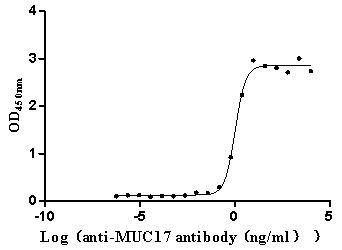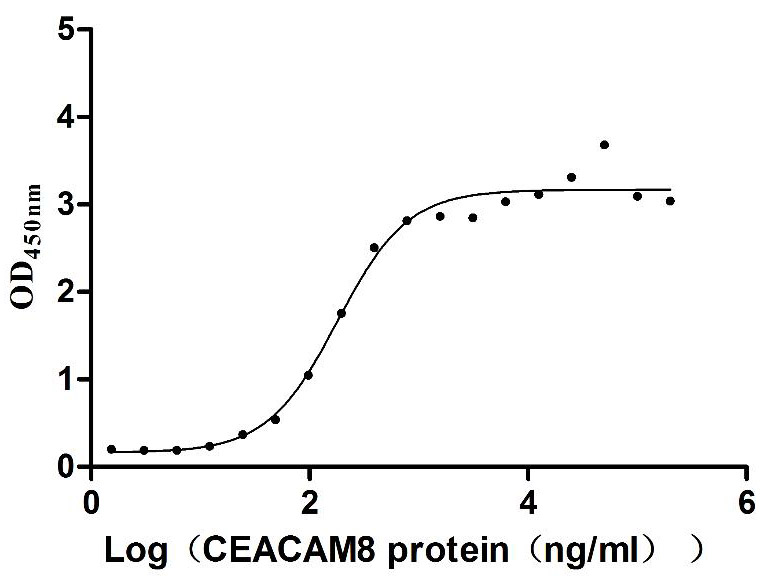Recombinant Human Interferon kappa (IFNK)
In Stock-
中文名称:人IFNK重组蛋白
-
货号:CSB-EP889172HU
-
规格:¥1836
-
图片:
-
其他:
产品详情
-
纯度:Greater than 85% as determined by SDS-PAGE.
-
基因名:
-
Uniprot No.:
-
种属:Homo sapiens (Human)
-
蛋白长度:Full Length of Mature Protein
-
来源:E.coli
-
分子量:35.1 kDa
-
表达区域:28-207aa
-
氨基酸序列LDCNLLNVHLRRVTWQNLRHLSSMSNSFPVECLRENIAFELPQEFLQYTQPMKRDIKKAFYEMSLQAFNIFSQHTFKYWKERHLKQIQIGLDQQAEYLNQCLEEDKNENEDMKEMKENEMKPSEARVPQLSSLELRRYFHRIDNFLKEKKYSDCAWEIVRVEIRRCLYYFYKFTALFRRK
Note: The complete sequence including tag sequence, target protein sequence and linker sequence could be provided upon request. -
蛋白标签:N-terminal 6xHis-SUMO-tagged
-
产品提供形式:Liquid or Lyophilized powder
Note: We will preferentially ship the format that we have in stock, however, if you have any special requirement for the format, please remark your requirement when placing the order, we will prepare according to your demand. -
缓冲液:If the delivery form is liquid, the default storage buffer is Tris/PBS-based buffer, 5%-50% glycerol. If the delivery form is lyophilized powder, the buffer before lyophilization is Tris/PBS-based buffer, 6% Trehalose.
-
复溶:We recommend that this vial be briefly centrifuged prior to opening to bring the contents to the bottom. Please reconstitute protein in deionized sterile water to a concentration of 0.1-1.0 mg/mL.We recommend to add 5-50% of glycerol (final concentration) and aliquot for long-term storage at -20°C/-80°C. Our default final concentration of glycerol is 50%. Customers could use it as reference.
-
储存条件:Store at -20°C/-80°C upon receipt, aliquoting is necessary for mutiple use. Avoid repeated freeze-thaw cycles.
-
保质期:The shelf life is related to many factors, storage state, buffer ingredients, storage temperature and the stability of the protein itself.
Generally, the shelf life of liquid form is 6 months at -20°C/-80°C. The shelf life of lyophilized form is 12 months at -20°C/-80°C. -
货期:3-7 business days
-
注意事项:Repeated freezing and thawing is not recommended. Store working aliquots at 4°C for up to one week.
-
产品描述:
This recombinant Human IFNK protein is typically achieved by the manipulation of IFNK gene expression in E.coli cells so that it expresses large amounts of a recombinant IFNK gene. In order to get enough amount of the IFNK protein, strain selection, codon optimization, fusion systems, co-expression, mutagenesis, and isotope labeling techniques are used. Finally, the IFNK protein is isolated from the samples such as cell lysates or medium. Protein refolding, cleavage of fusion moieties and chromatography techniques are involved in the protein purification process.
IFNK is a multifunctional type I IFN that elicits autoimmunity when transgenically expressed in the β cells of the pancreatic islets in mice. IFNK is induced after viral infection or treatment of cells with double-stranded RNA (dsRNA). IFNK signaling stimulates a collection of genes, including IRF1, STAT1, MXA, PKR, and OAS1, which are common to signaling via the type I interferon receptor, and modulates the release of cytokines from monocytes. Different from other members of the type I IFN family, IFNK is constitutively and highly expressed in human keratinocytes. IFNK plays an important role in keratinocyte host defense against herpes simplex virus-1 (HSV-1). -
Datasheet & COA:Please contact us to get it.
相关产品
靶点详情
-
功能:May play a role in the regulation of immune cell function. Cytokine that imparts cellular protection against viral infection in a species-specific manner. Activates the interferon-stimulated response element signaling pathway. It is able to directly modulate cytokine release from monocytes and dendritic cells. Binds heparin.
-
基因功能参考文献:
- investigation of common variable immunodeficiency (CVID) from 2 German families; report on the occurrence of a common and one novel truncating IFNK mutation in cases with CVID; the frequency distribution of c.30_31insTGTT in cases and controls as well as the observed segregation patterns in CVID families exclude IFNK mutations as major risk factor in CVID PMID: 28324805
- These results suggest that high-risk human papillomavirus 31 target interferon kappa to prevent Sp100 expression and identify Sp100 as an interferon-stimulated gene with anti-human papillomavirus activity. PMID: 26491169
- This study demonstrates that E2 proteins of high risk human papillomavirus reduce STING and IFN-kappa transcription. PMID: 24614210
- The viral E6 and E7 oncogenes are sufficient for interferon-kappa repression, with E6 being mainly responsible. PMID: 21849431
- IFN-kappa is down-regulated in cervical keratinocytes harboring HPV, which may be a contributing factor in the progression of a cervical lesion PMID: 20479716
- Studied IFNK single nucleotide polymorphisms in 3982 Systemic lupus erythematosus cases and 4275 controls. PMID: 20706608
- IFN-kappa is able to directly modulate cytokine release from monocytes and dendritic cells, inhibit inducible IL-12 release from monocytes, and bind strongly to heparin. PMID: 12391192
- This is the first report showing an epigenetic silencing of type I IFN after HPV16 oncogene expression PMID: 19887612
显示更多
收起更多
-
亚细胞定位:Secreted.
-
蛋白家族:Alpha/beta interferon family
-
组织特异性:Expressed in keratinocytes, monocytes and in resting dendritic cells.
-
数据库链接:
Most popular with customers
-
Recombinant Human CD226 antigen (CD226), partial (Active)
Express system: Mammalian cell
Species: Homo sapiens (Human)
-
Recombinant Human Tumor necrosis factor ligand superfamily member 9 (TNFSF9), partial (Active)
Express system: Mammalian cell
Species: Homo sapiens (Human)
-
Recombinant Human Tumor necrosis factor receptor superfamily member 9 (TNFRSF9), partial (Active)
Express system: Mammalian cell
Species: Homo sapiens (Human)
-
Recombinant Macaca mulatta Microtubule-associated protein tau (MAPT) (Active)
Express system: Mammalian cell
Species: Macaca mulatta (Rhesus macaque)
-
Recombinant Rat Intestinal-type alkaline phosphatase 1 (Alpi) (Active)
Express system: Mammalian cell
Species: Rattus norvegicus (Rat)
-
Recombinant Human Claudin-6 (CLDN6)-VLPs (Active)
Express system: Mammalian cell
Species: Homo sapiens (Human)
-
Recombinant Human Mucin-17 (MUC17), partial (Active)
Express system: Mammalian cell
Species: Homo sapiens (Human)
-
Recombinant Human Carcinoembryonic antigen-related cell adhesion molecule 6 (CEACAM6) (Active)
Express system: Mammalian cell
Species: Homo sapiens (Human)



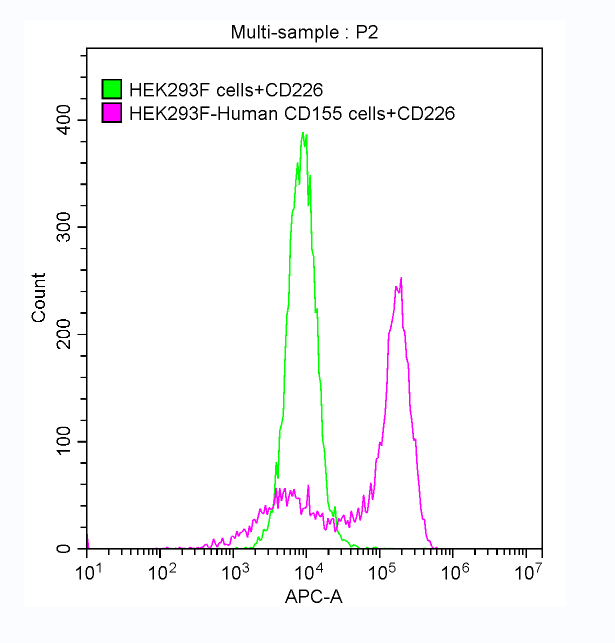

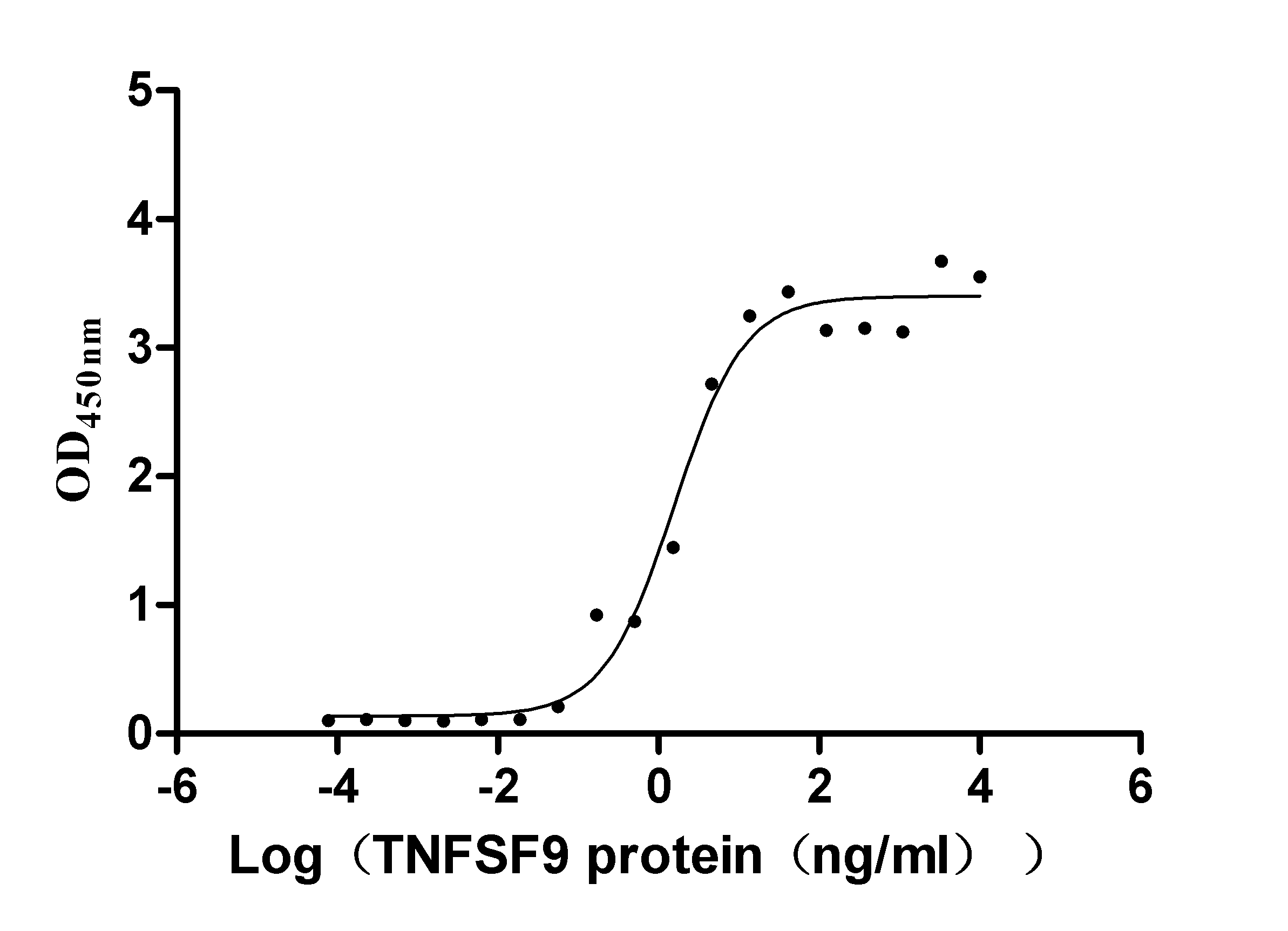
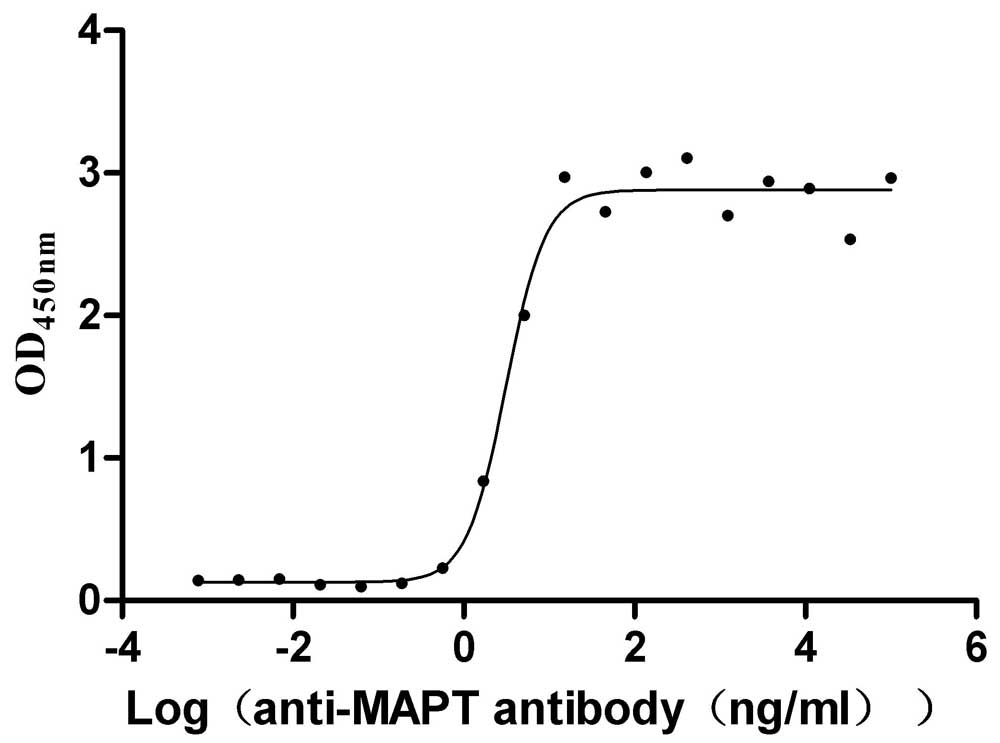
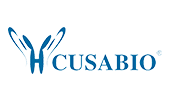
-AC1.jpg)
